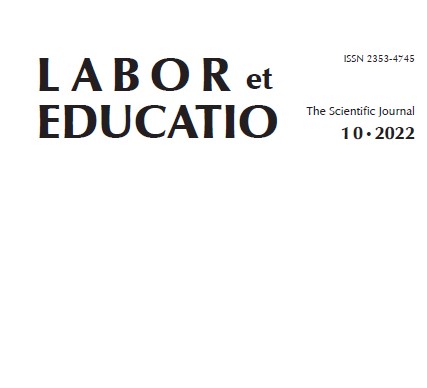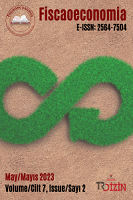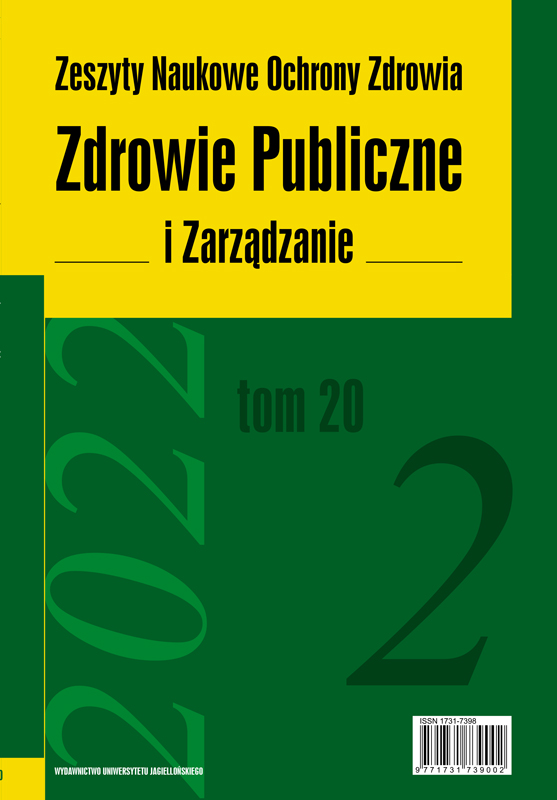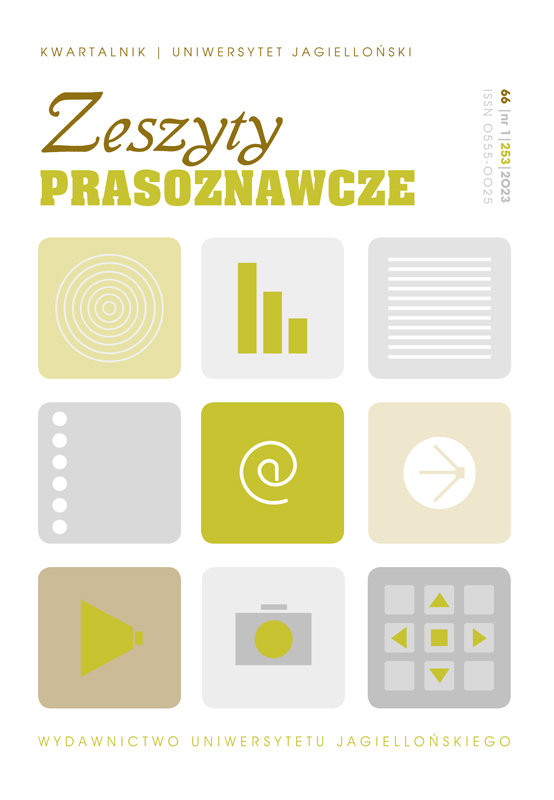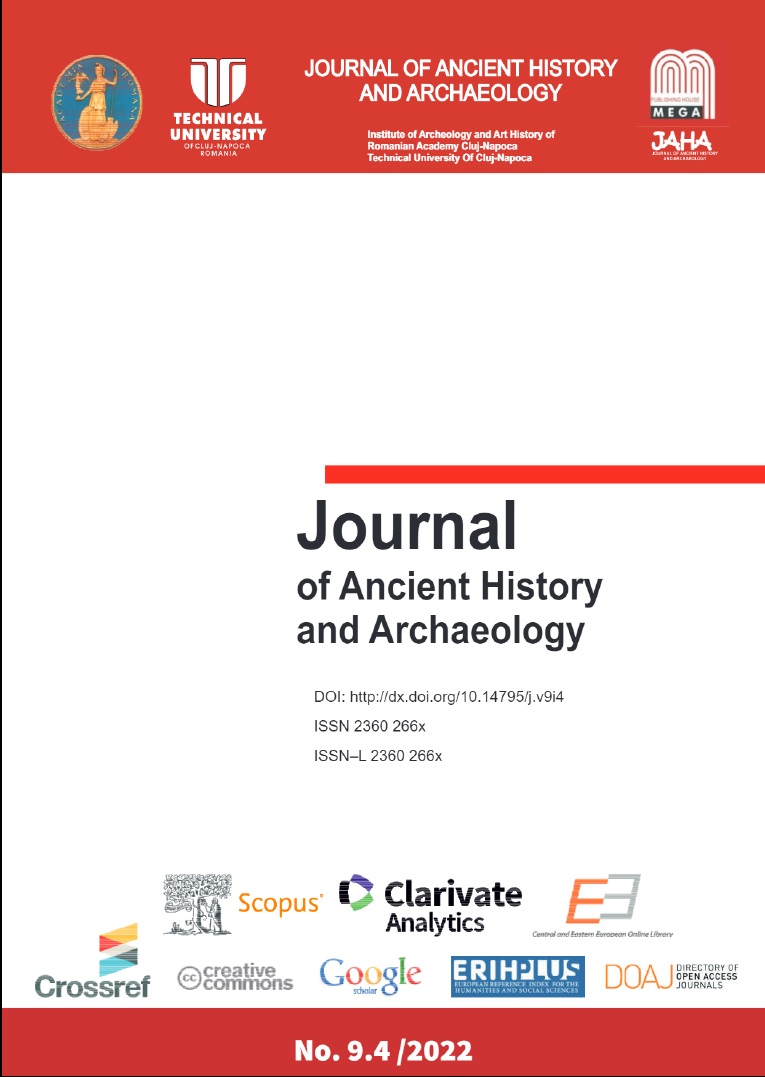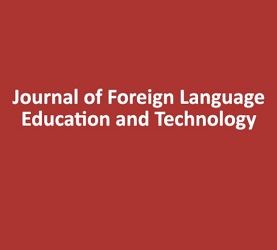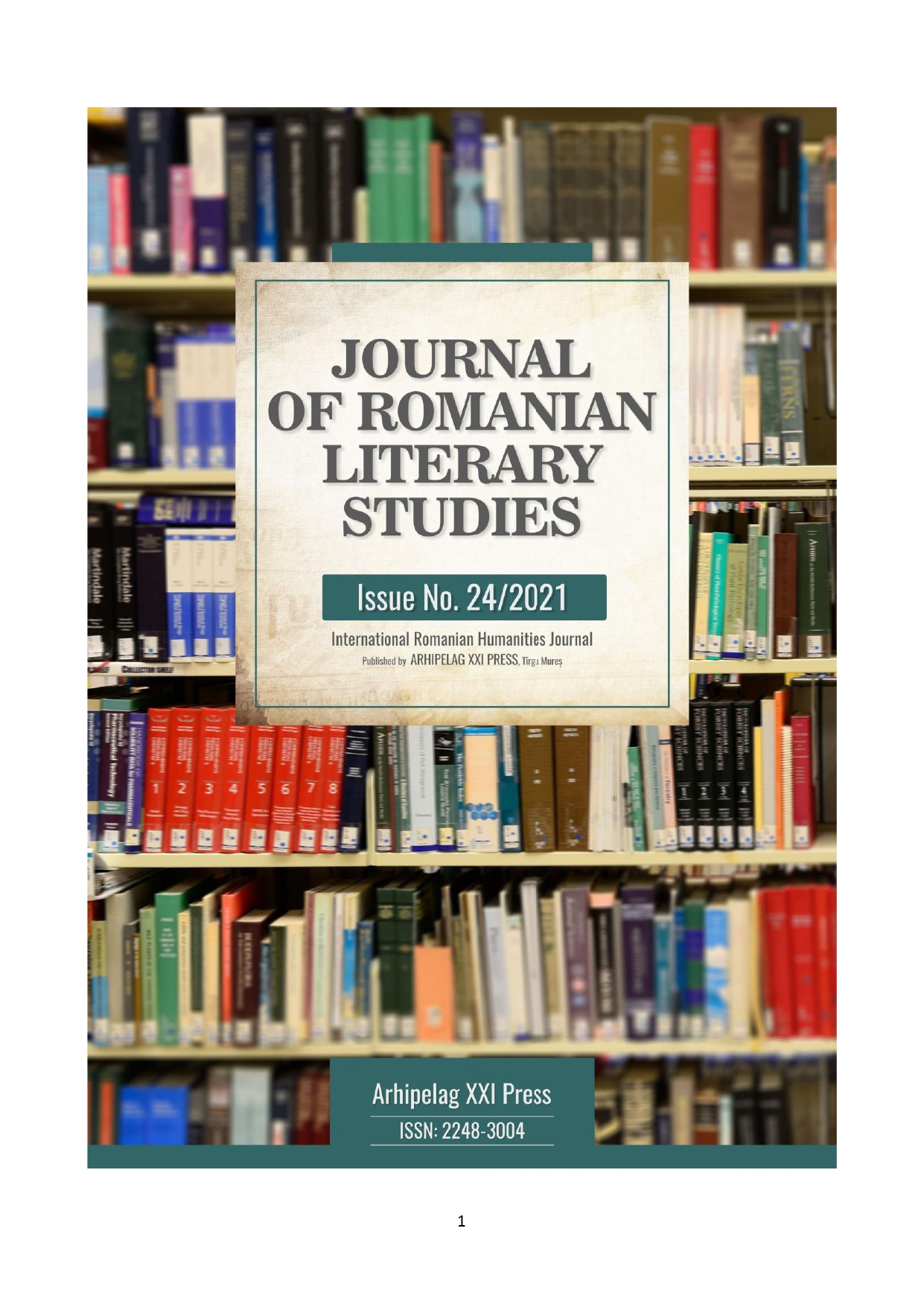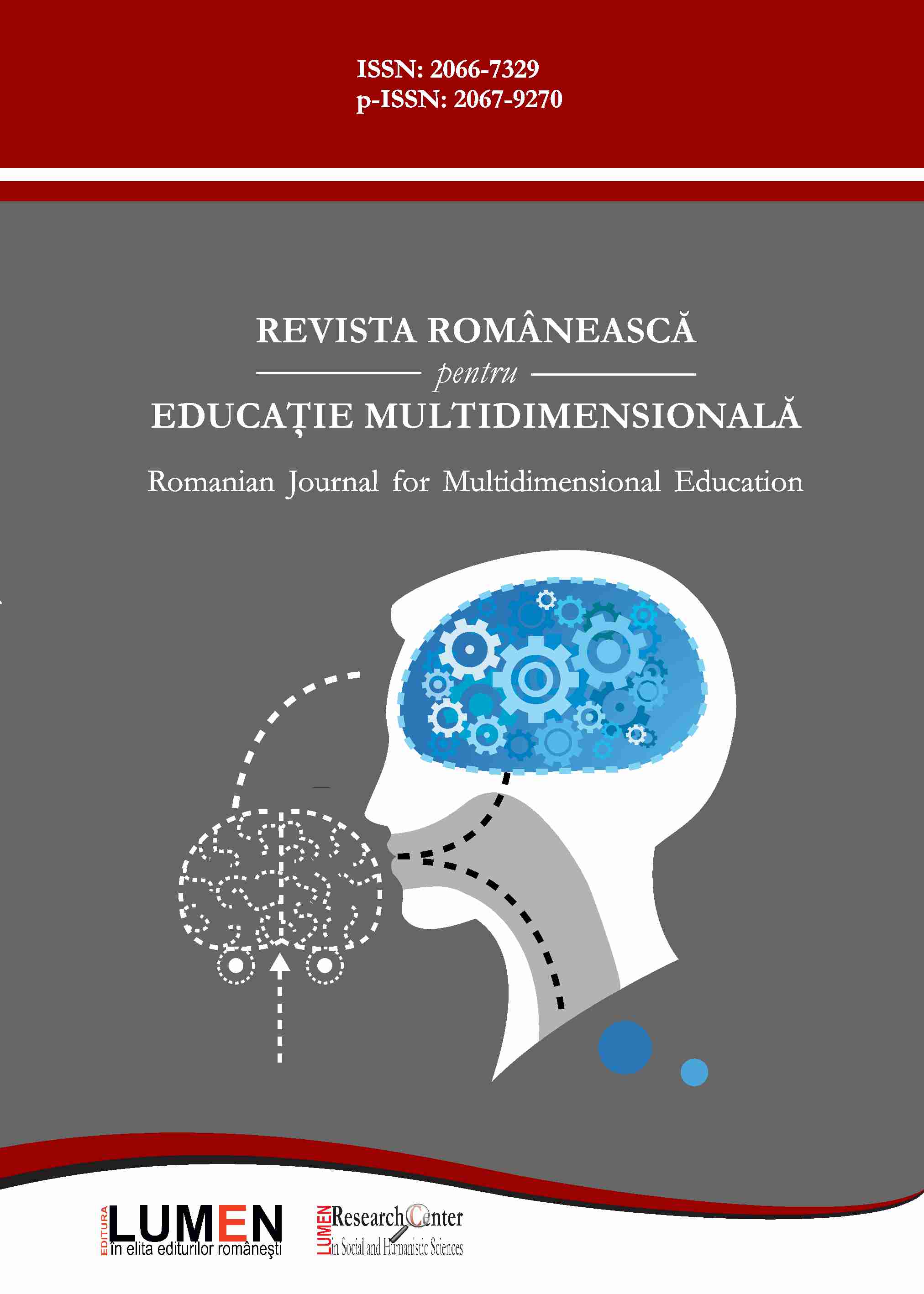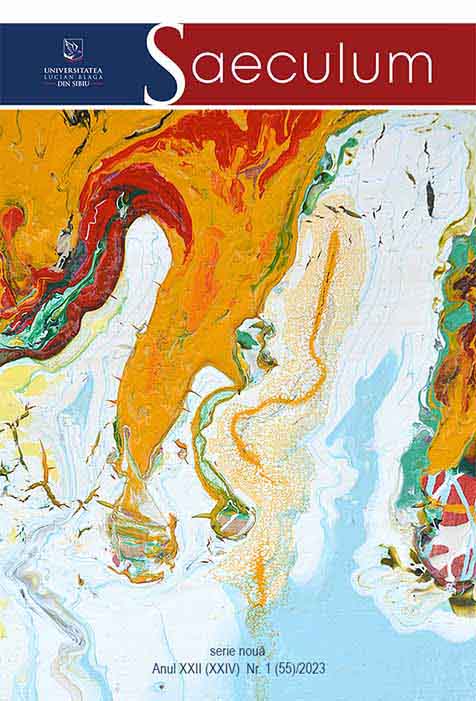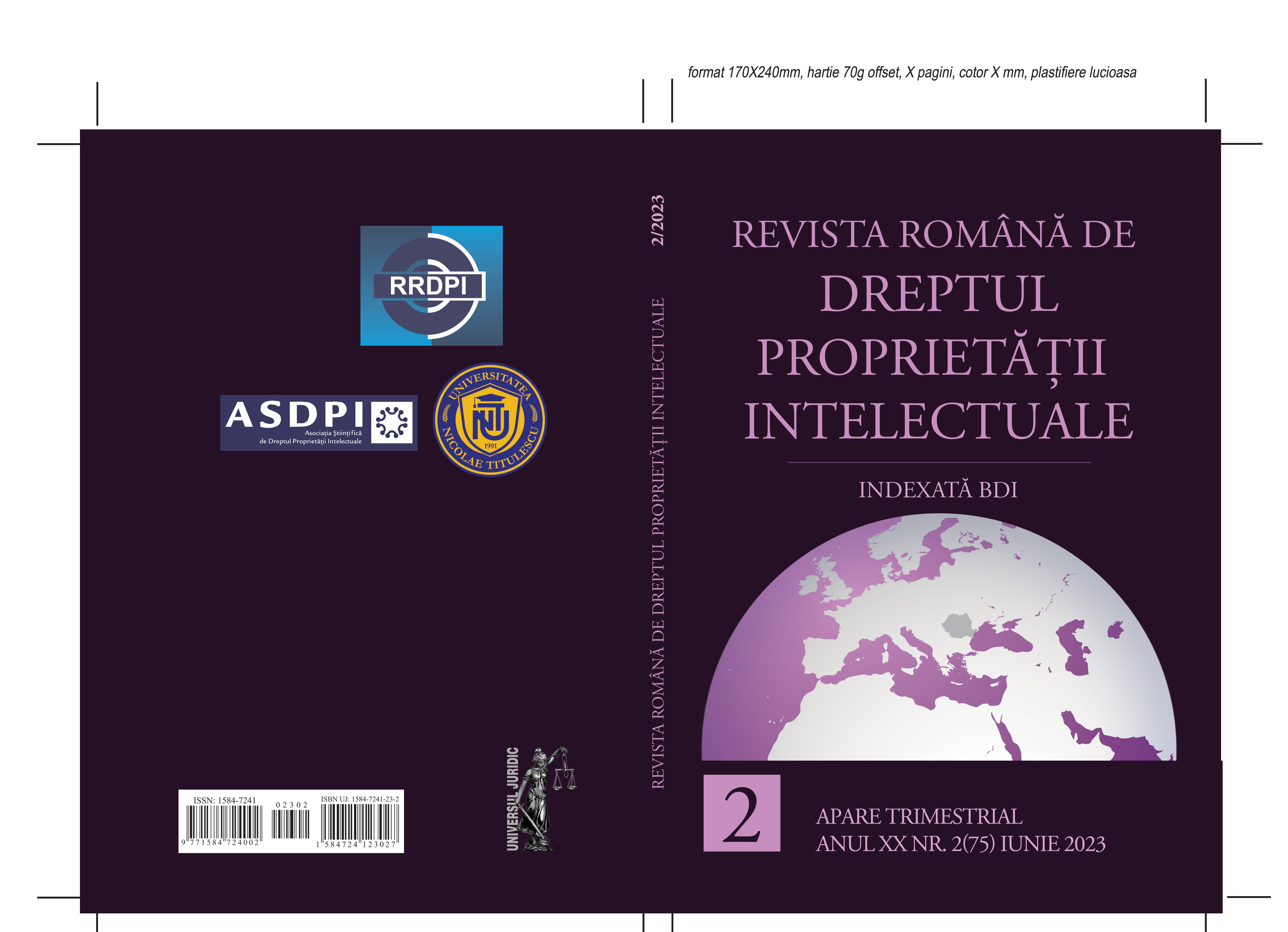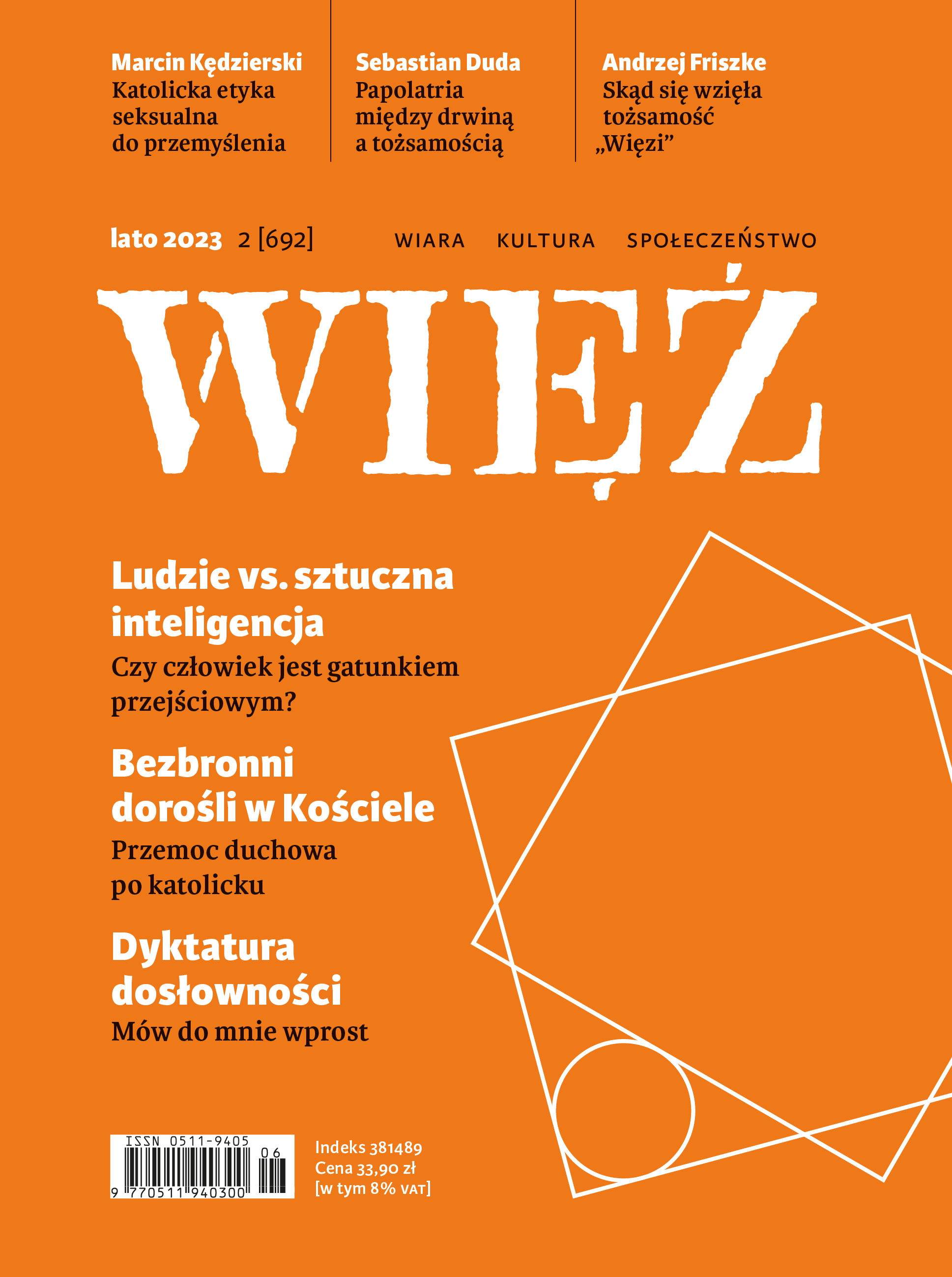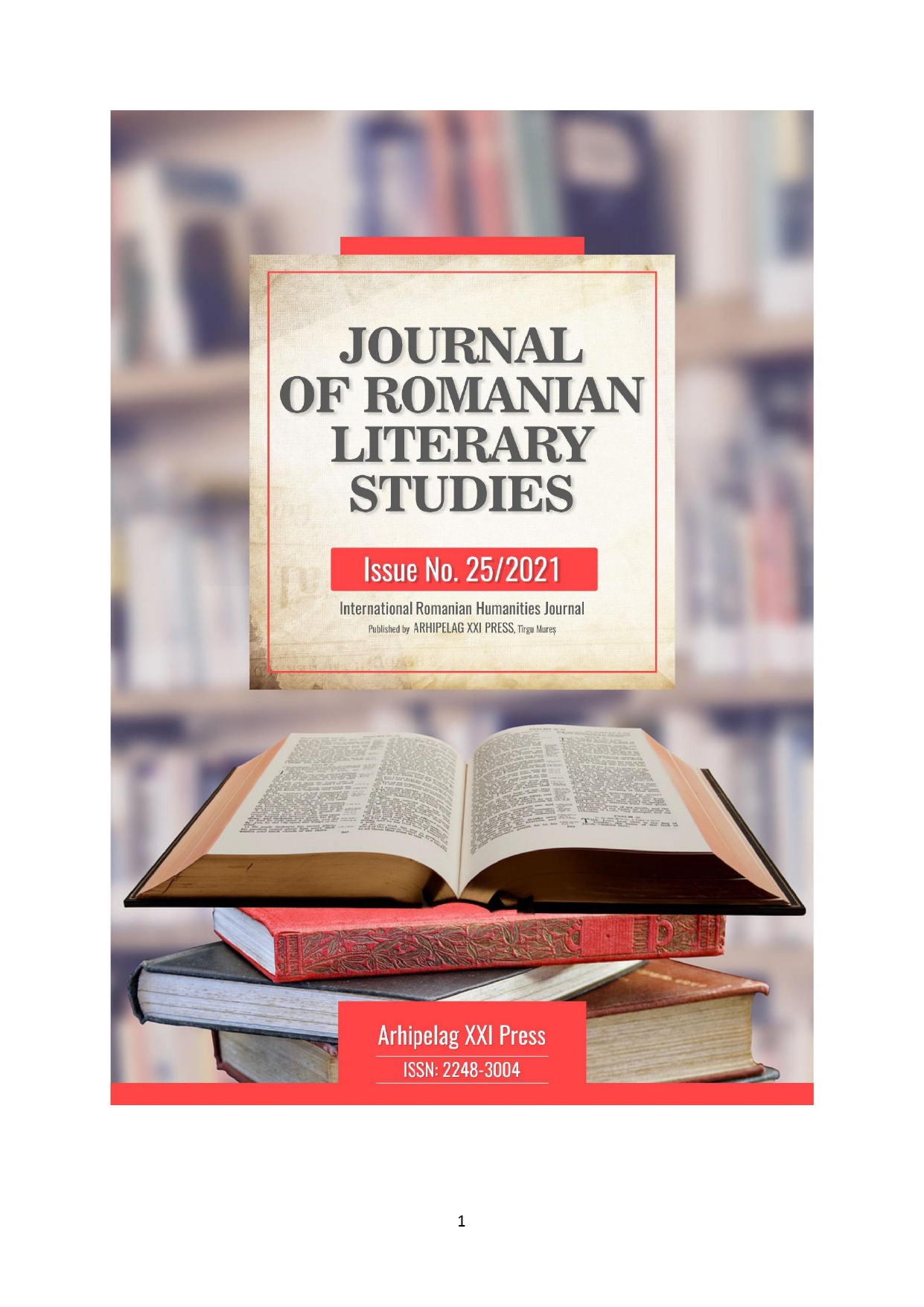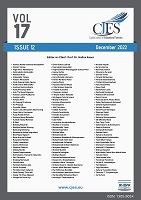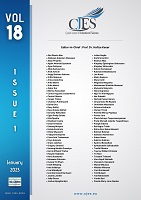Author(s): Doris Ignat / Language(s): English
Issue: 1/2023
With the internet being the backbone of e-commerce, the number of e-Health solutions is becoming more prevalent around the world. However, they are not always developed in accordance with the needs of individuals with disabilities. In the past years, the challenge of inclusiveness gained significant attention, with differences among social groups and geographical regions being at the forefront of the debate. Thus, this study chose to focus on visually impaired young adults in Romania and their experience with e-Health solutions. Using the Value Proposition Canvas framework created by Osterwalder and Pigneur (2004), the study attempts to address the jobs, pains, and gains of this specific target group, with a focus on the social aspects. Qualitative research is carried out and 8 semi-structured interviews with visually impaired people are conducted. The overall results indicate dissatisfaction with the healthcare system and the medical services. Although the concept of e-Health is still developing in Romania, most participants appeared to have some experience with it, which overall was deemed unsatisfactory. The data gathered shows that this particular social group wants to carry out fundamental tasks like scheduling appointments, renewing prescriptions, and gaining access to reliable information. It was indicated that proximity to medical facilities, documents inaccessibility and interaction with medical staff are the biggest challenges. Participants experienced different treatment, either positive or negative, which affects their sense of self-sufficiency and level of independence. Solutions such as ePrescriptions, digital forms and personnel training are proposed for further research as they can address functional, social, and emotional problems of visually impairedpeople. Overall, this study contends that the design of a value proposition in the healthcare industry is directly influenced by the pains, gains, and jobs of the user. As Romania has limited resources, it is important to thoroughly consider consumer needs in order to design a viable value proposition.
More...
